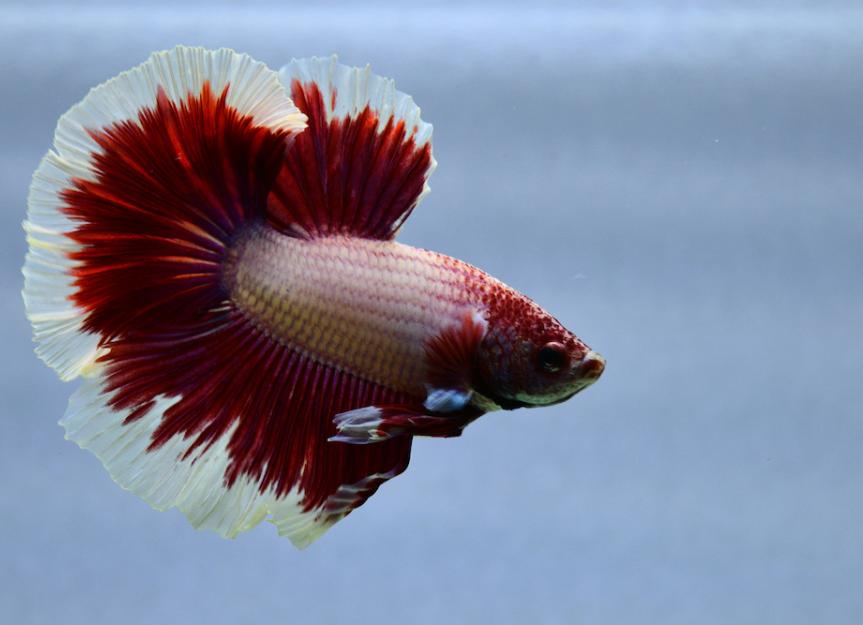Just How to Reproduce Betta Fish Successfully: Expert Strategies and Insights for Hobbyists Wanting To Expand Their Betta Collection
Breeding Betta fish requires a nuanced understanding of genetics and ecological conditions, making it vital for enthusiasts to come close to the process with both persistance and care. Creating an optimum breeding atmosphere, choosing the best sets, and observing the ins and outs of their courtship behaviors are fundamental actions that can significantly affect the result.
Understanding Betta Fish Genes
Comprehending the genetics of Betta fish is critical for successful reproduction, as it affects qualities such as shade, fin shape, and behavior. Betta fish show a varied variety of colors and patterns, mostly established by their hereditary make-up.
In enhancement to coloration, fin morphology is one more significant facet of Betta genetics (betta fish). The sizes and shape of fins are influenced by numerous genes, consisting of those that determine whether the fins are brief, long, or veil-shaped. Comprehending these genetic variations aids dog breeders anticipate the phenotypic outcomes of their offspring
Moreover, behavior characteristics such as aggressiveness and territoriality can also be affected by genes. These habits play a vital function in the breeding procedure, as they can influence spawning success and the total character of the resulting fry. By thoroughly recognizing these genetic concepts, breeders can make informed decisions, ultimately enhancing their breeding programs and attaining preferable outcomes.
Preparing the Breeding Setting
Creating an ideal breeding setting is essential for the effective recreation of Betta fish. The very first step in preparing this atmosphere is to choose an ideal breeding container, ideally varying from 5 to 10 gallons.
Next, think about the use of a sponge filter or an air rock to supply gentle water blood circulation without producing solid currents that can stress the fish. It is necessary to mount plants or breeding cones to use concealing places and promote convenience for the woman during the spawning process. Drifting plants, such as Java moss or water sprite, can additionally develop an extra native environment while helping with bubble nest building by the man.
Prior to presenting the breeding pairs, make certain the water is conditioned and free from unsafe chemicals, such as chlorine or heavy steels. betta fish. Normal water modifications ought to be conducted to maintain optimum water top quality, improving the chances of effective reproduction. With these prep work in position, the breeding atmosphere will support the health and wellness and wellness of both Betta fish
Choosing Breeding Pairs
Picking the ideal breeding pairs is essential for accomplishing effective Betta fish reproduction. Healthy and balanced Betta fish display vivid shades, clear eyes, and energetic behavior.
Personality is another essential factor to consider, as Betta fish are recognized for their aggressive nature. It is recommended to select a man and lady that display suitable characters to decrease tension during the reproducing process. A tranquil male can encourage a smoother courtship, while a female that is too hostile might disrupt the procedure.
Hereditary history likewise plays a significant duty in the high quality of the children. Breeding fish that are genetically diverse can lower the risk of hereditary health problems and improve the total vitality of the you can try this out fry. It is valuable to look into the family tree of both the male and female, concentrating on desirable traits such as fin type, color scheme, and size.
The Breeding Process
The breeding process of Betta fish requires mindful preparation and focus to detail to ensure a successful result. At first, it is essential to prepare an appropriate reproduction storage tank, preferably a 5-10 gallon aquarium with a temperature level kept at 78-80 ° F. The storage tank needs to be equipped with a heating unit, filter (ideally sponge type to avoid solid currents), and lots of aquatic plants for the woman to hide.
When the atmosphere is established, introduce the chosen reproducing set to the container, permitting them to adapt. Observe their behavior; the male will certainly display fancy courtship rituals, including flaring his fins and developing a bubble nest. If the woman shows interest, she will display upright red stripes suggesting readiness for spawning.
When the female is responsive, the pair will certainly engage in a mating embrace, throughout which the male feeds the eggs. Maintaining ideal water conditions throughout this period is essential for the development of healthy and balanced Betta fry.
Taking Care Of Betta Fry

Feeding Betta fry is important, as they call for a diet high in protein. They can be fed infusoria or fluid fry food, transitioning to carefully smashed high-quality pellets as they grow. Feed little parts several times a day to urge healthy growth without overloading the storage tank with uneaten food.

As they mature, check their growth closely and divide any hostile people to avoid damage. By supplying a nurturing setting and correct nutrition, enthusiasts can successfully raise Betta fry right into dynamic, healthy and balanced fish, eventually enhancing their reproduction ventures.
Final Thought
Effective Betta fish breeding needs thorough focus to hereditary choice, ecological problems, and look after the fry. By recognizing the genetics of Betta fish and preparing a suitable reproduction environment, hobbyists can improve the opportunities of producing lively, healthy and balanced offspring. Picking suitable reproduction pairs and very closely keeping track of the courtship and generating processes are crucial. Lastly, supplying ideal treatment for the fry ensures their healthy growth, adding to a thriving Betta collection.